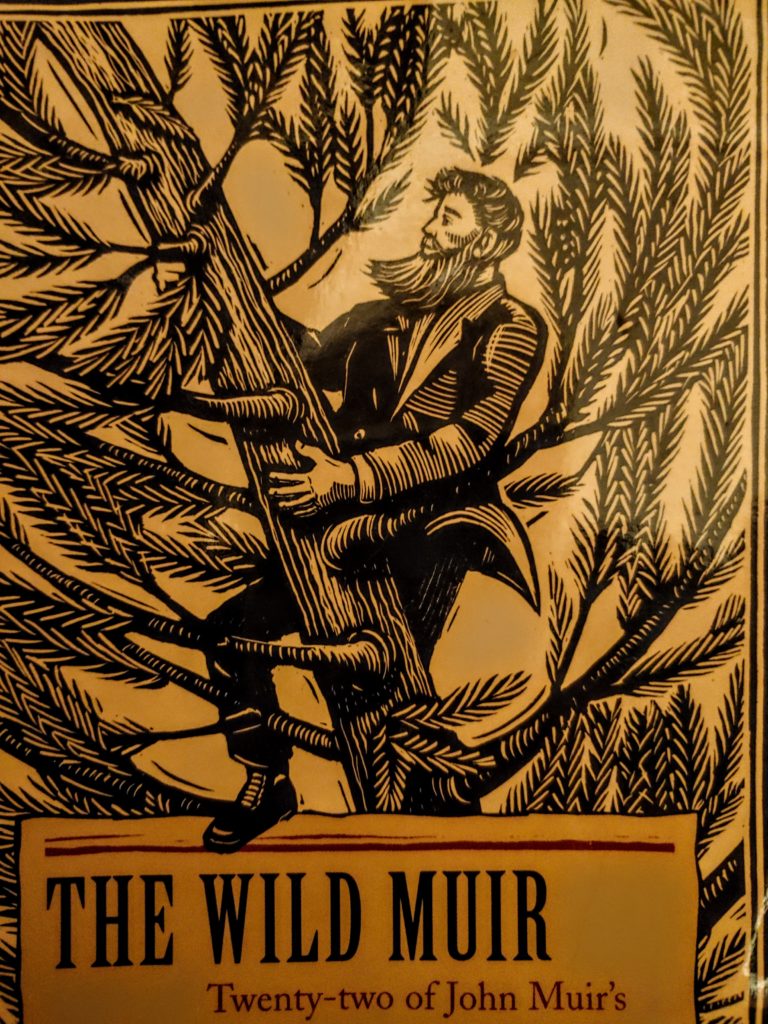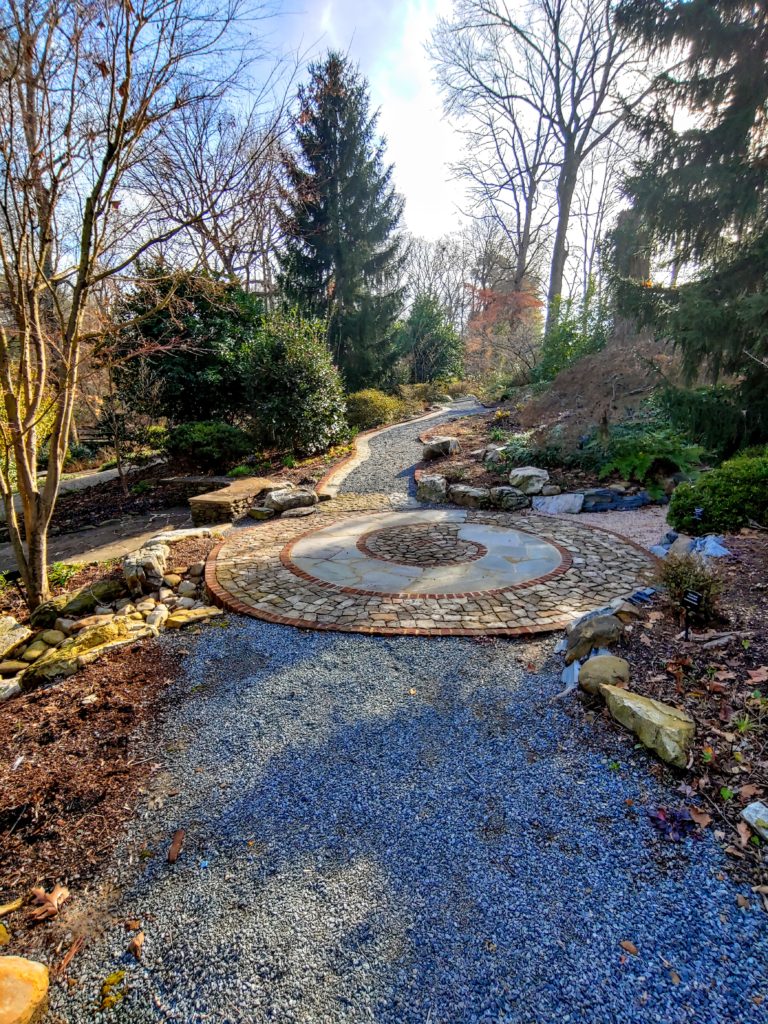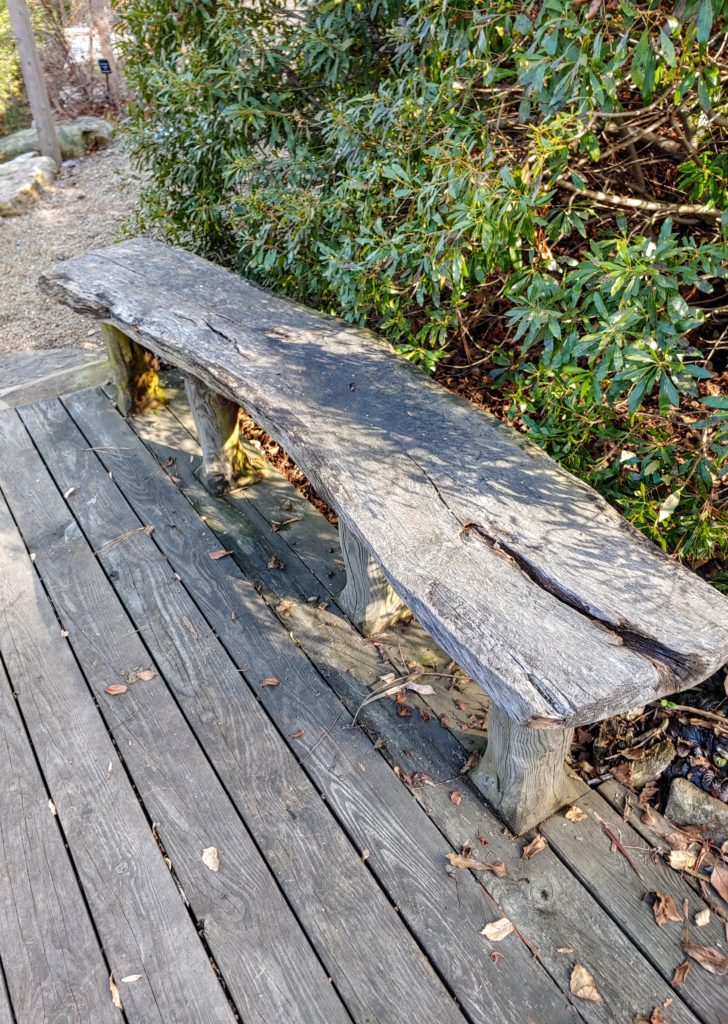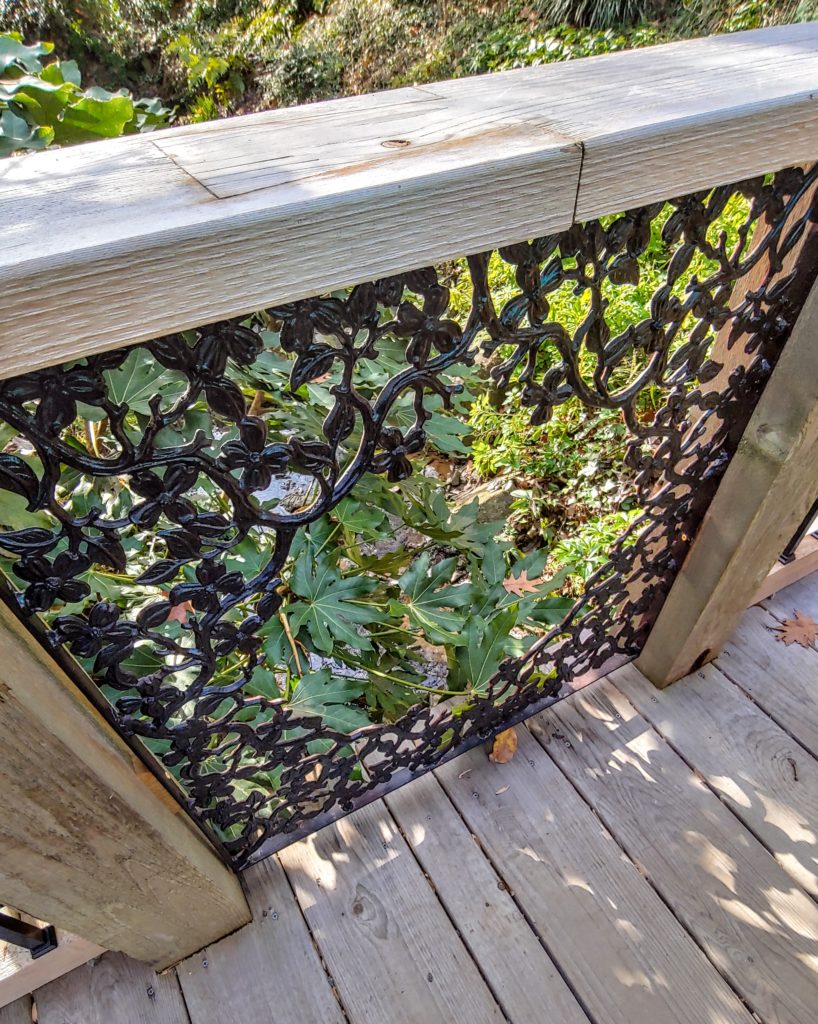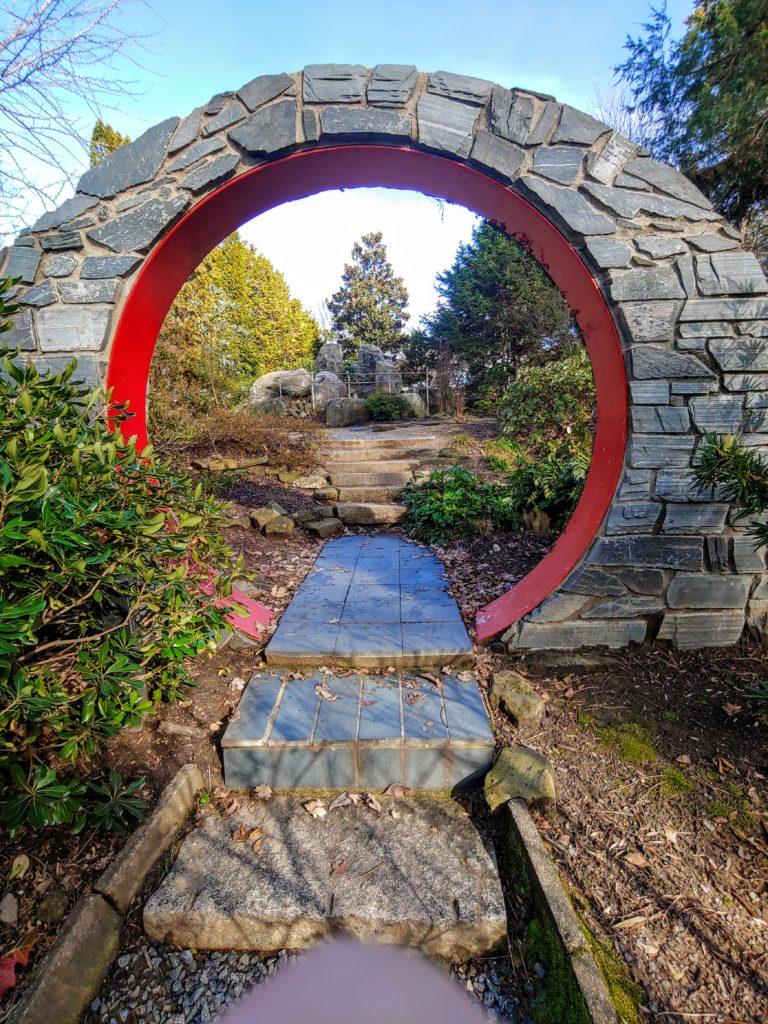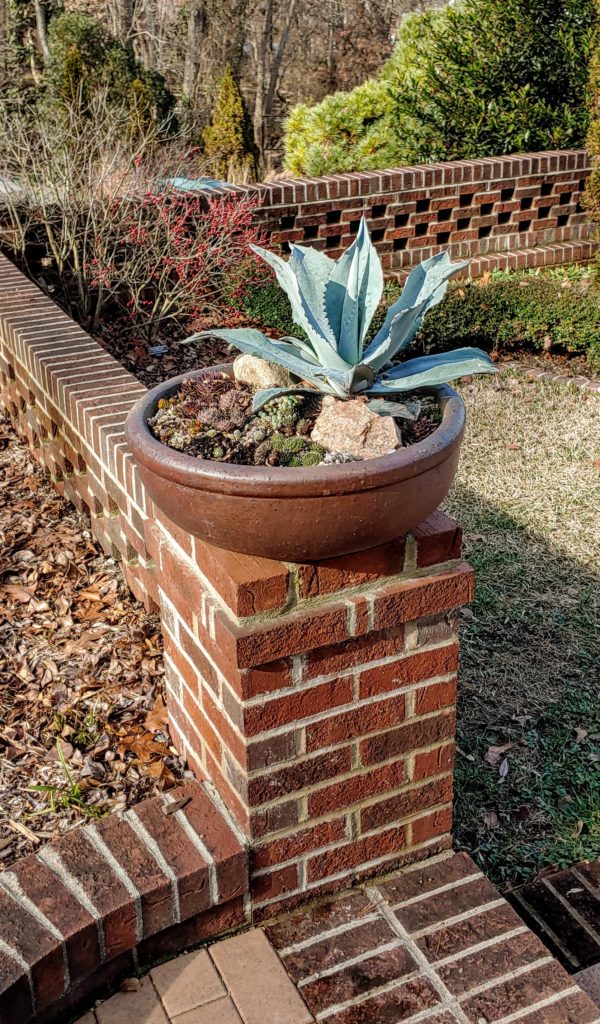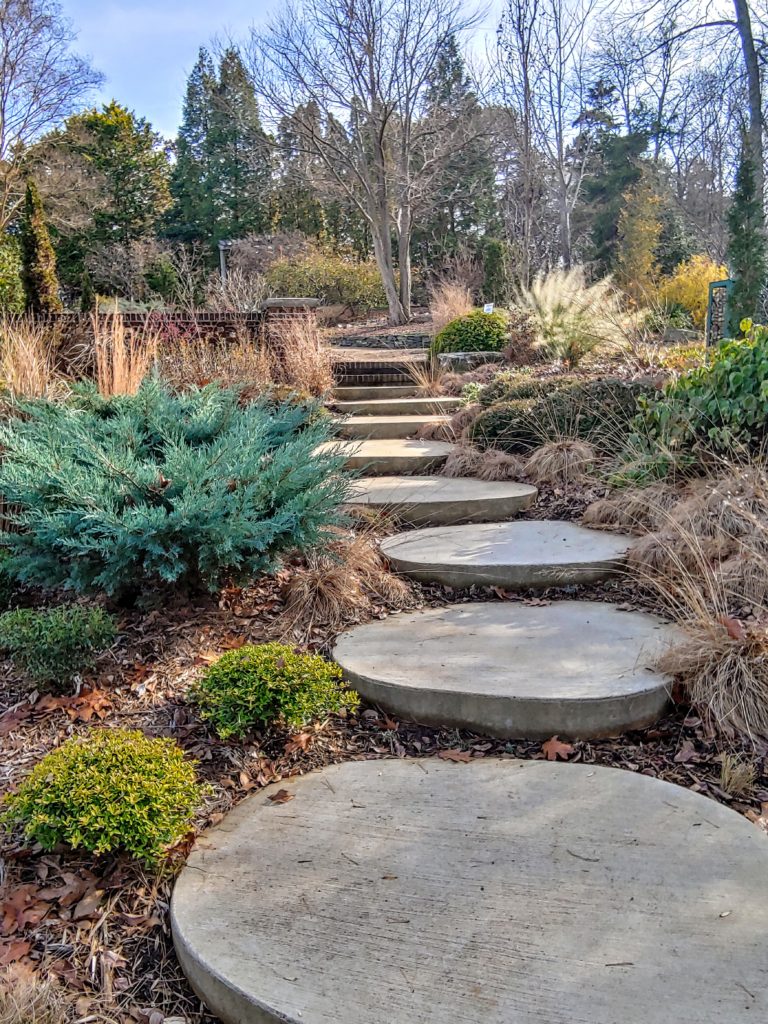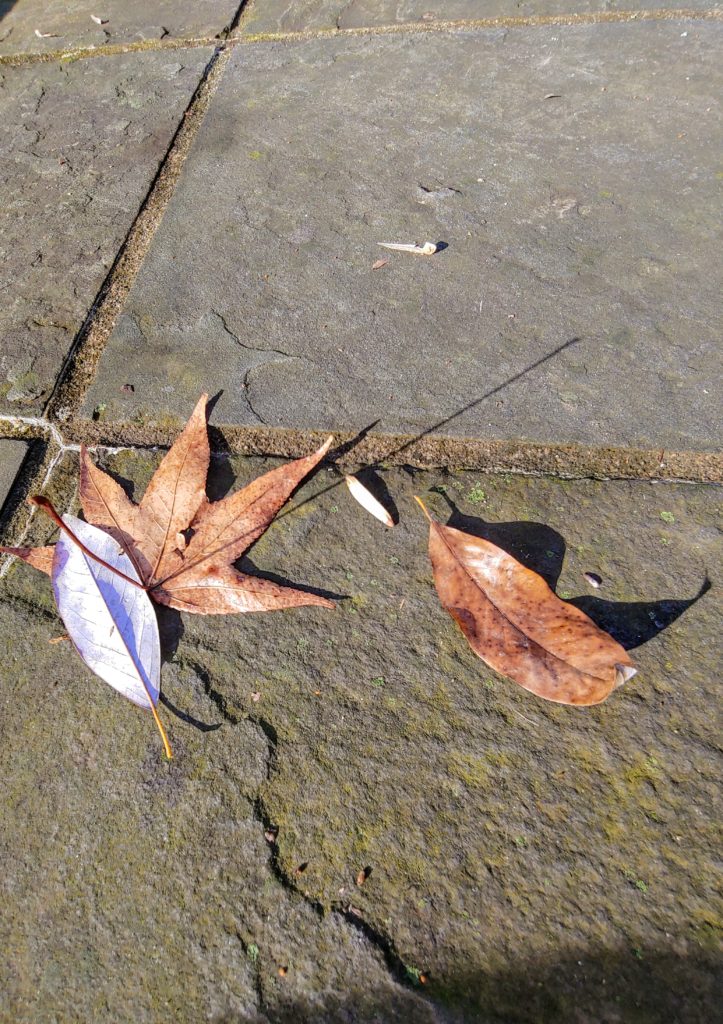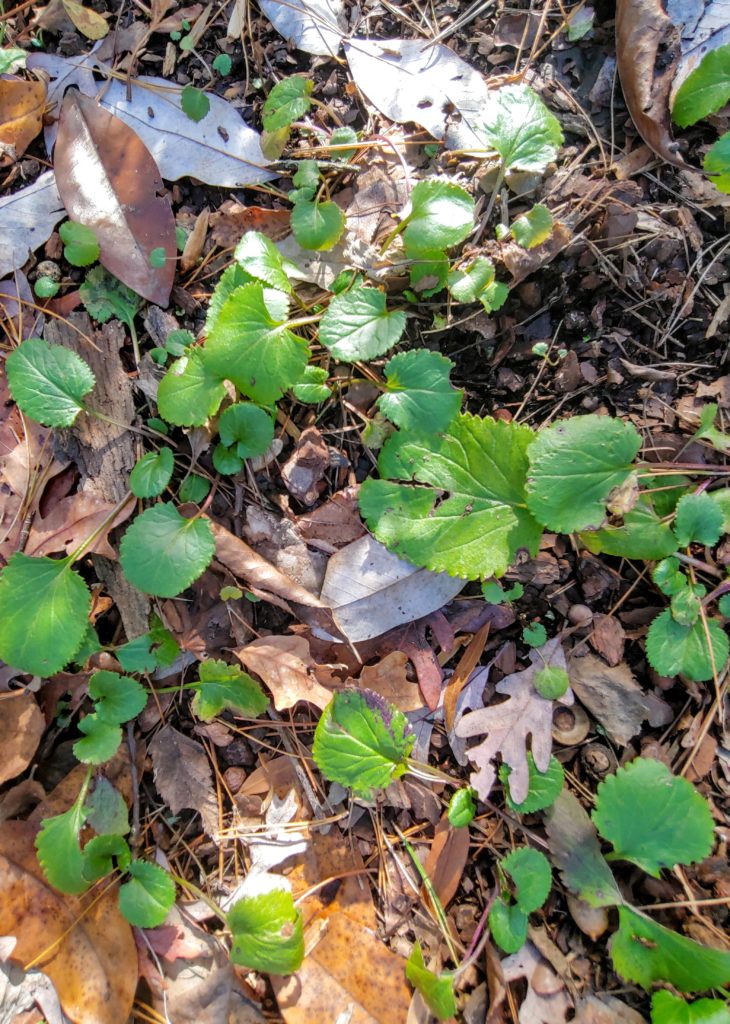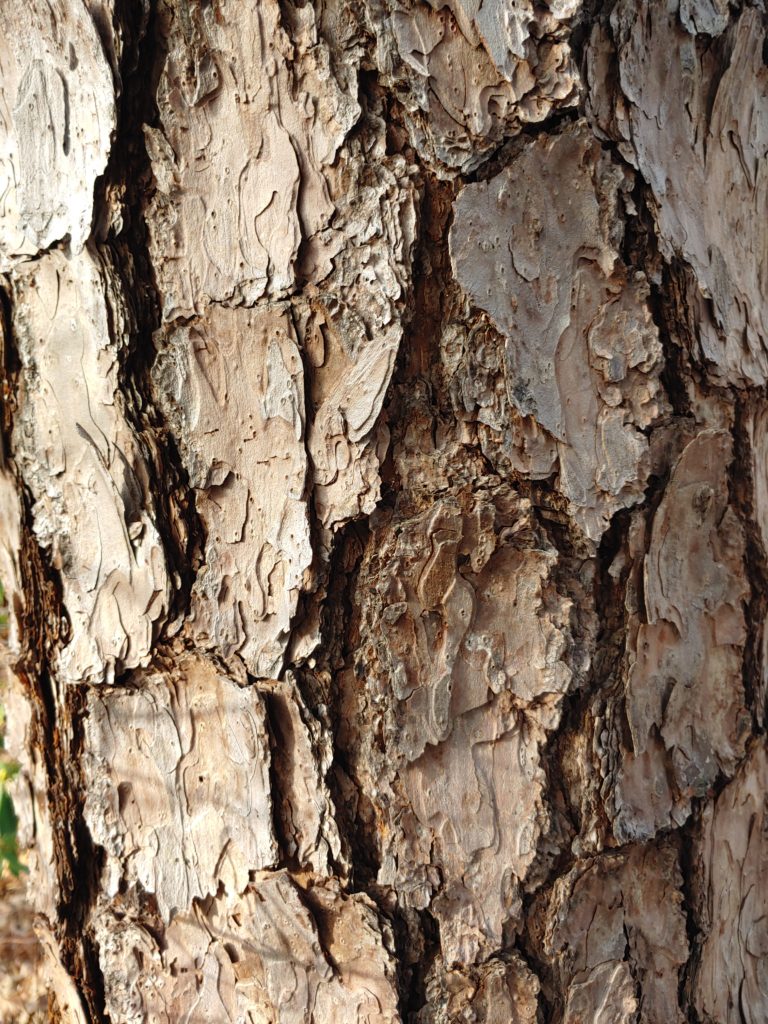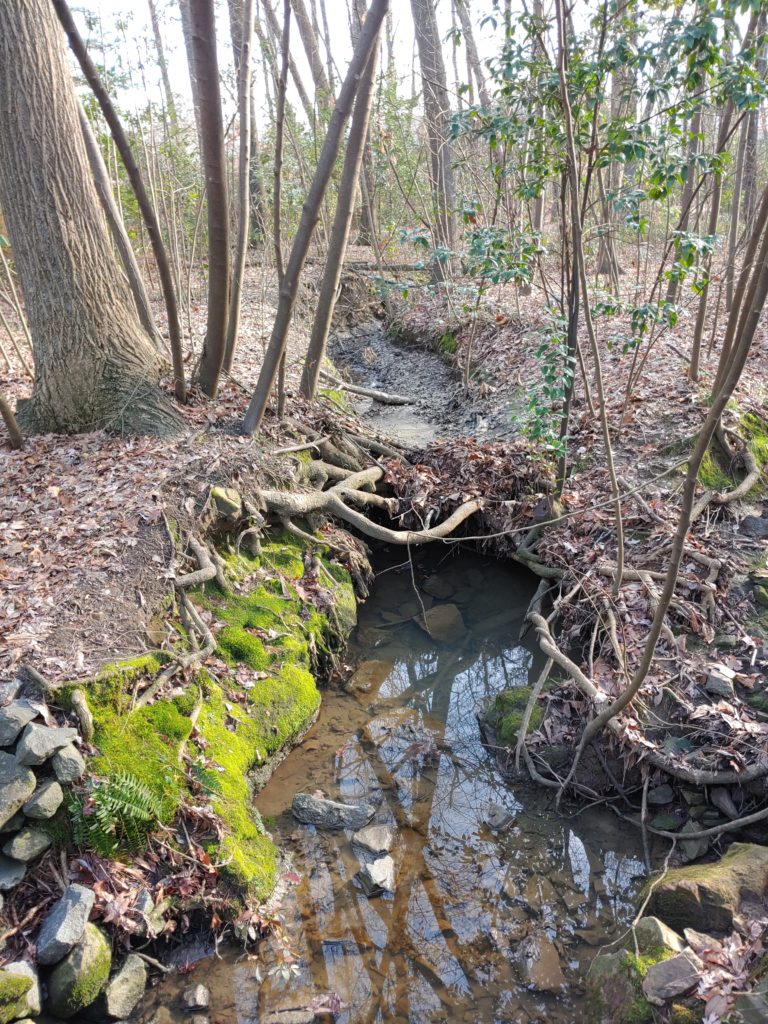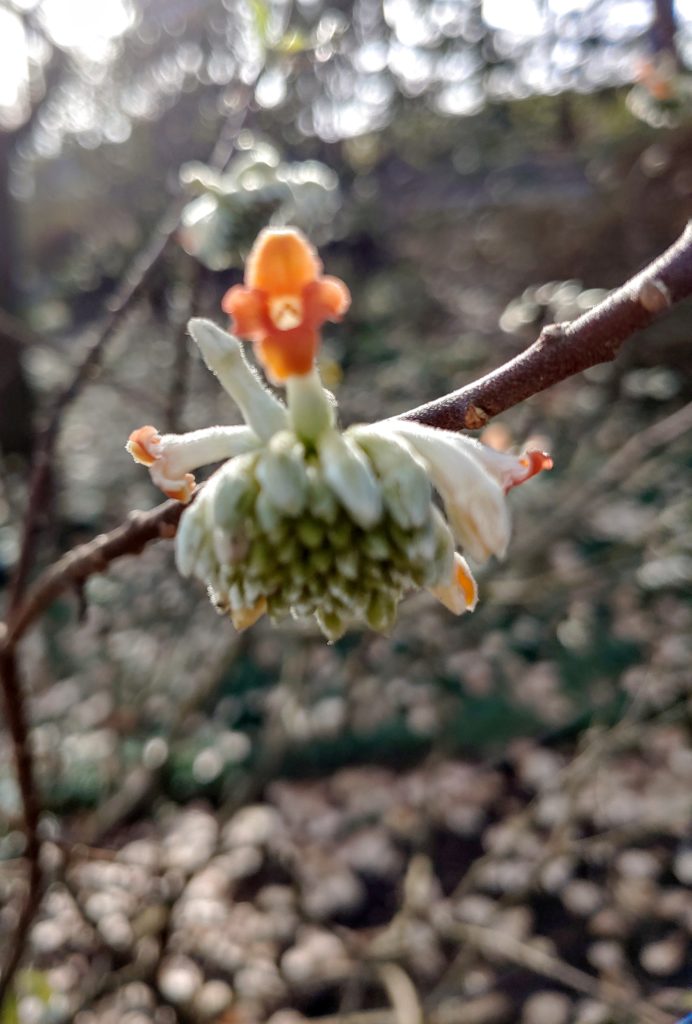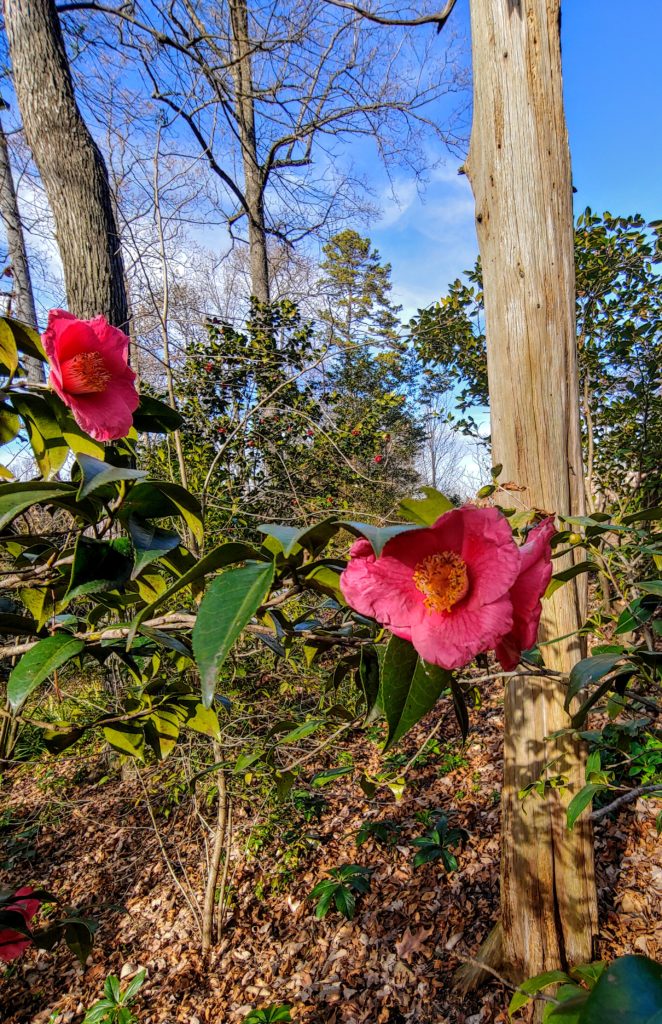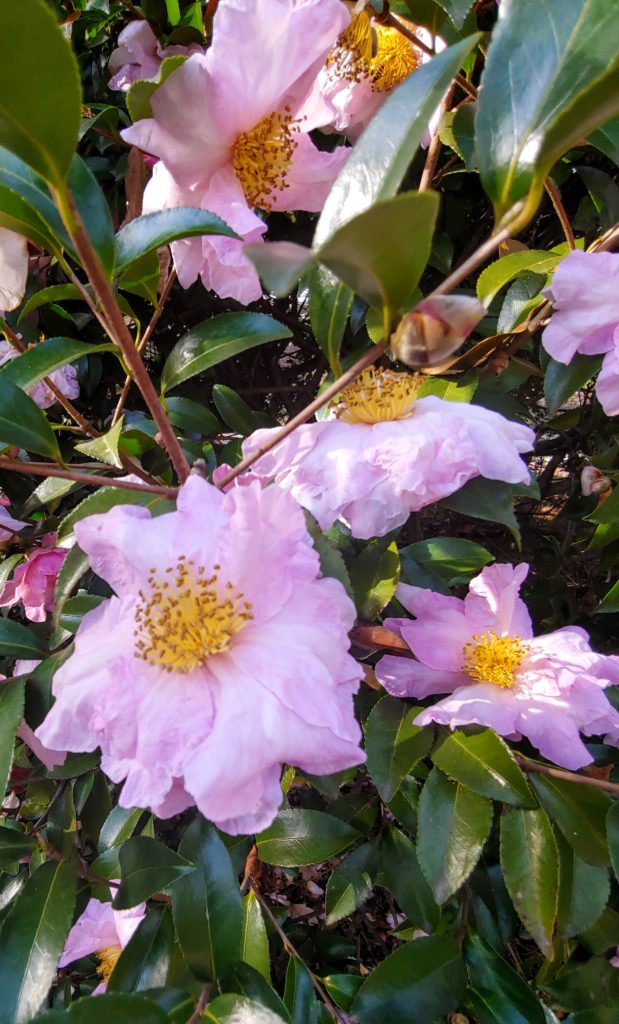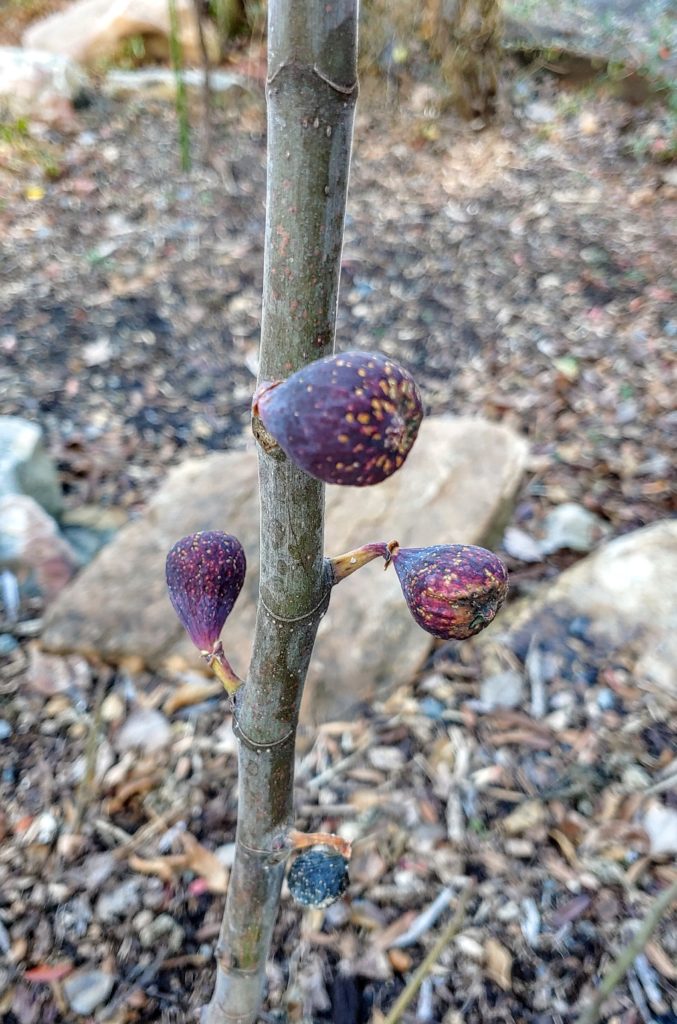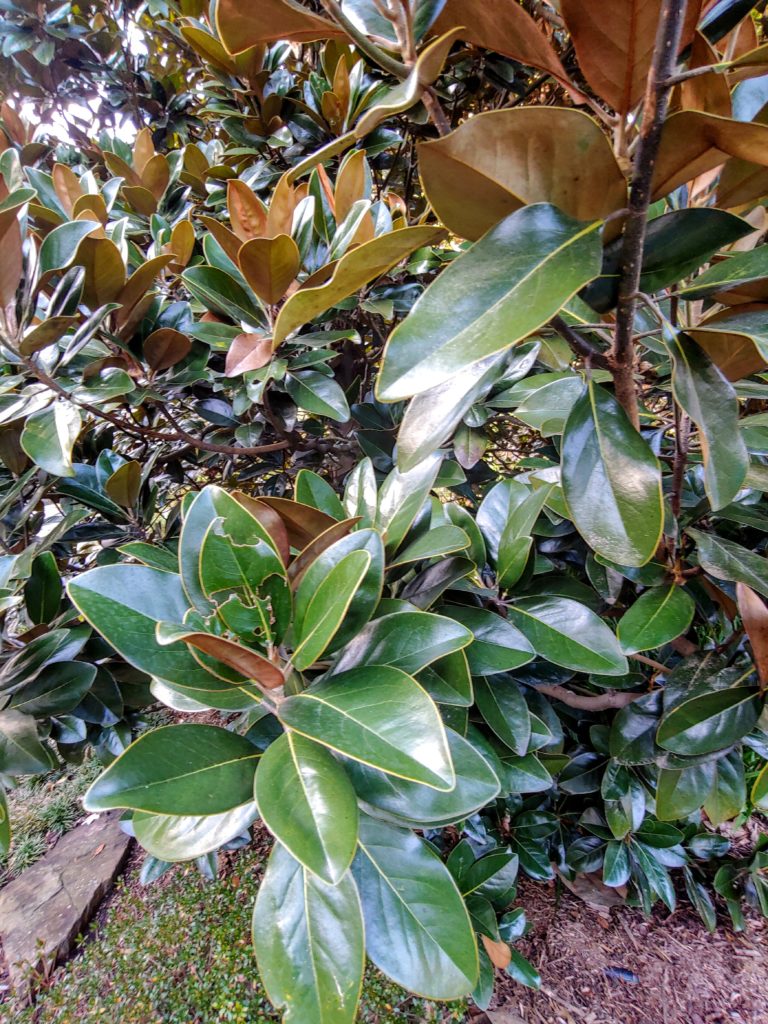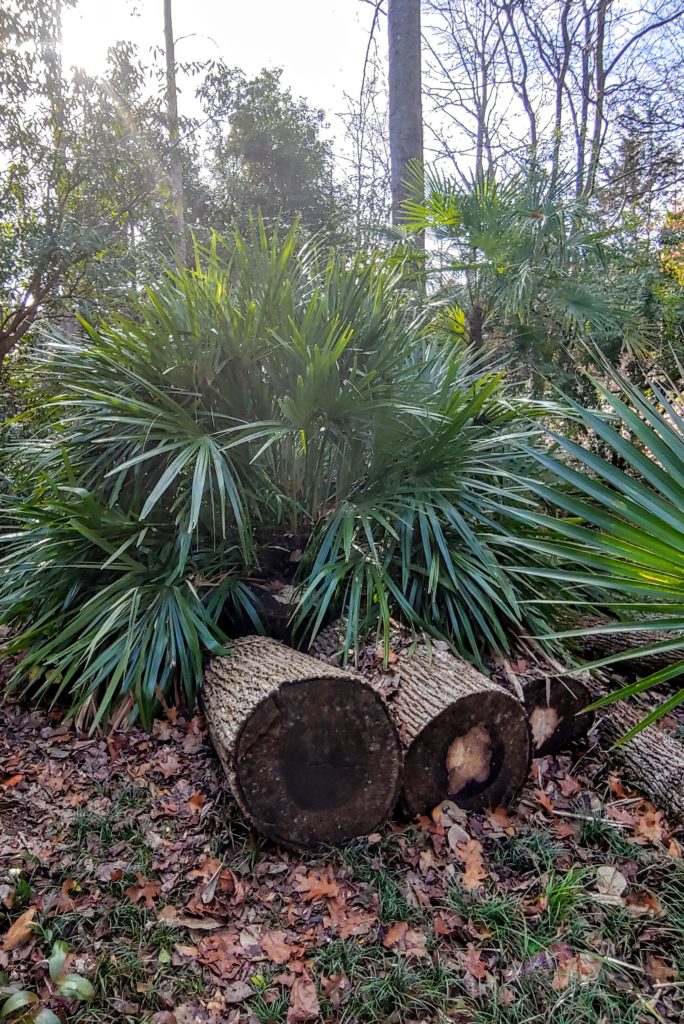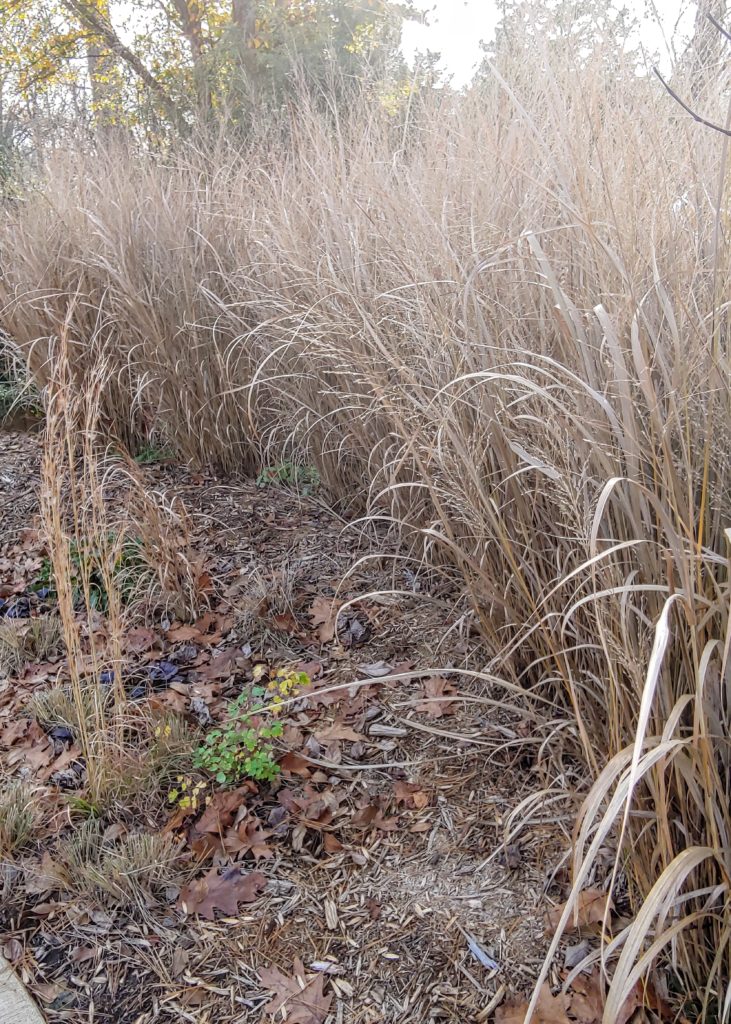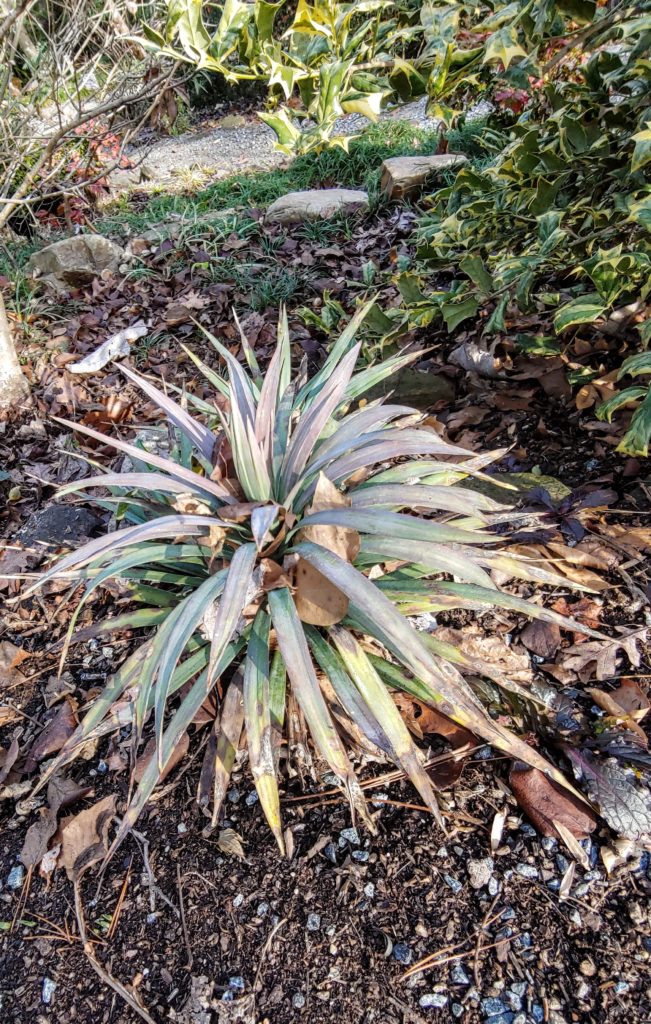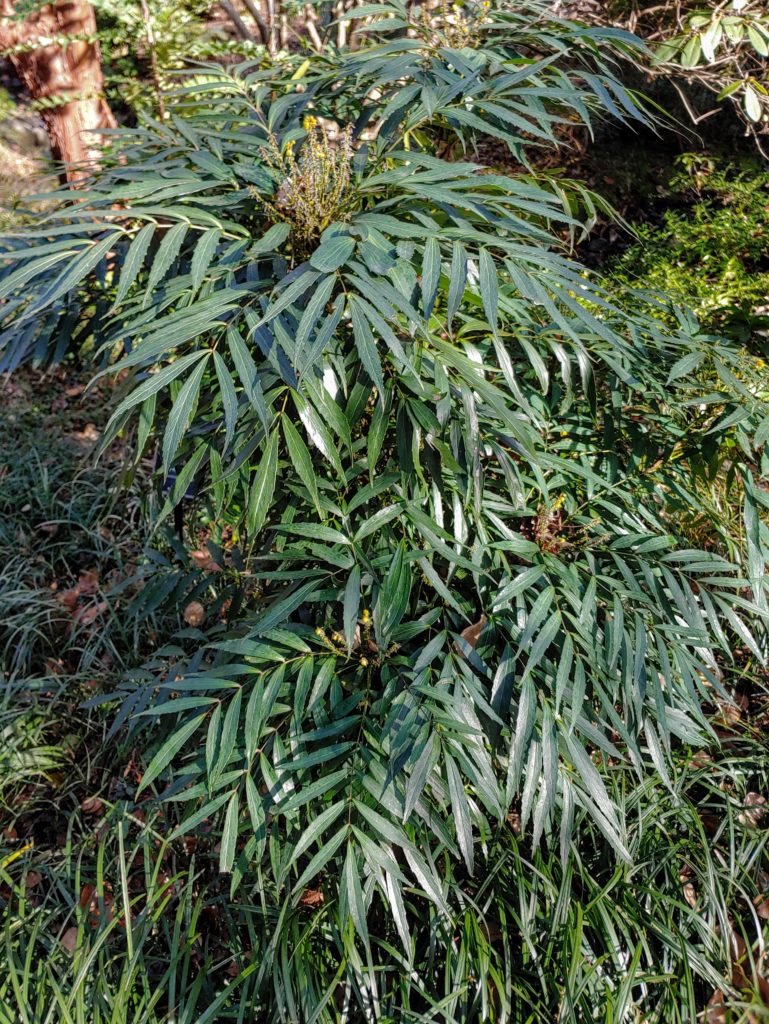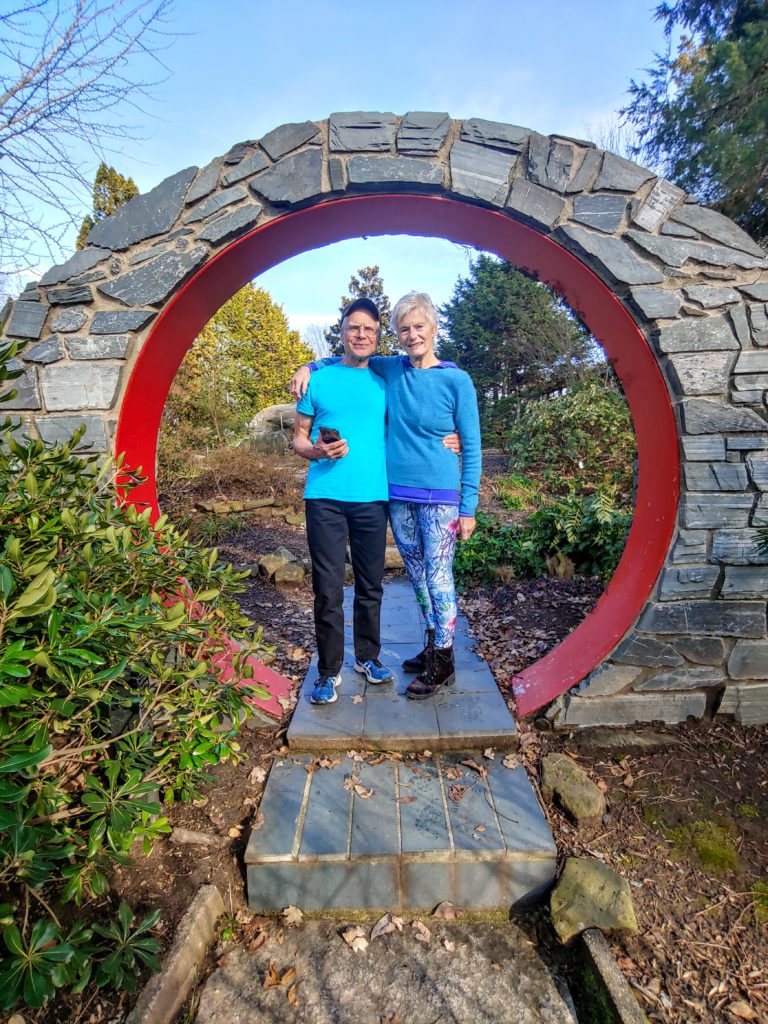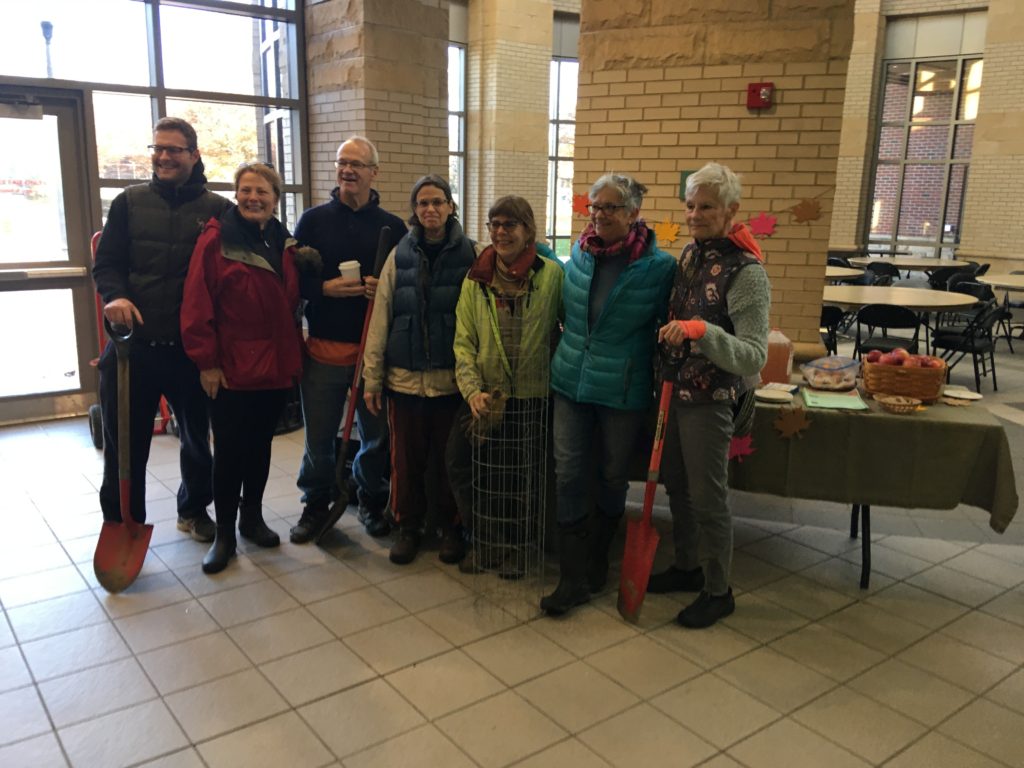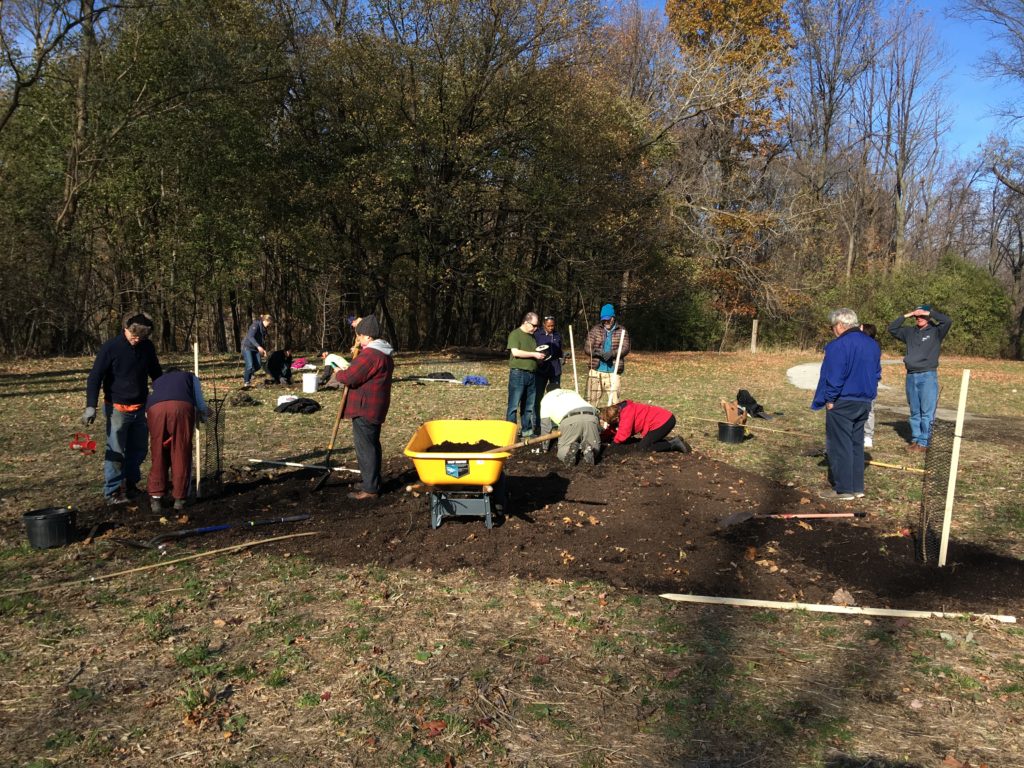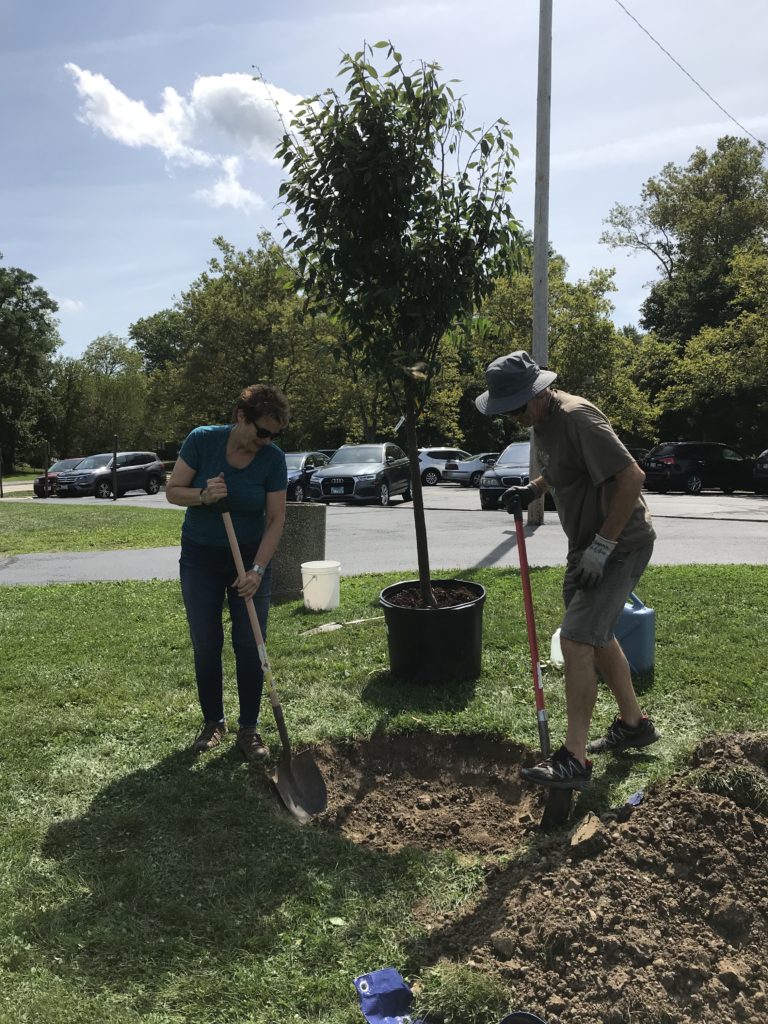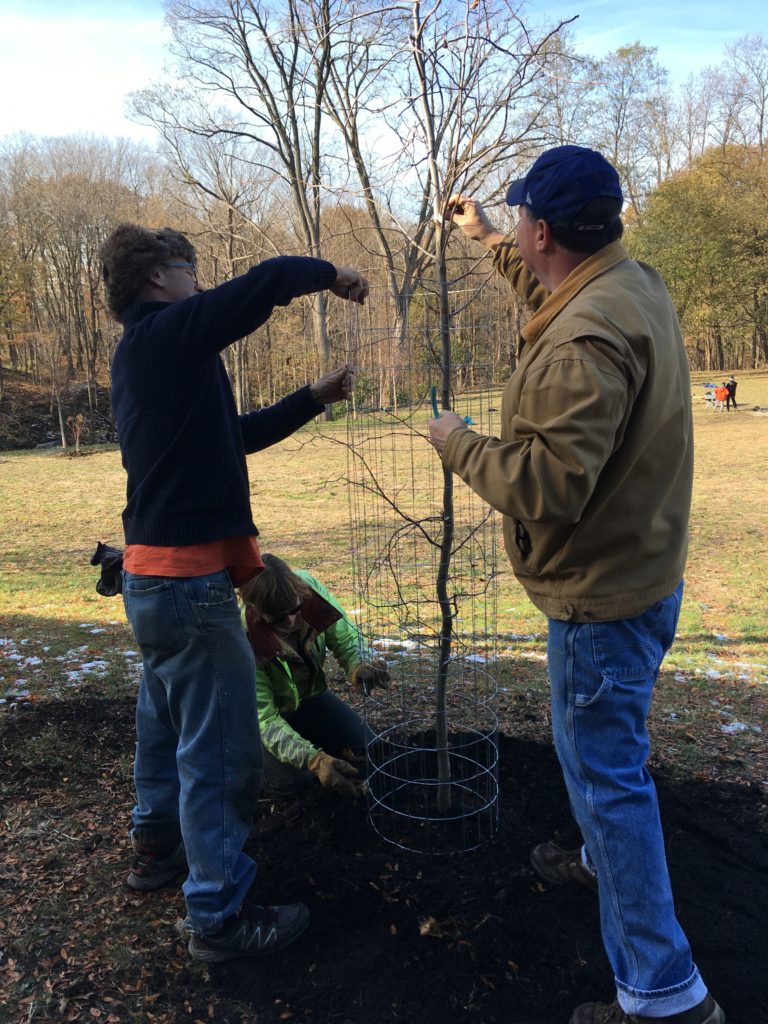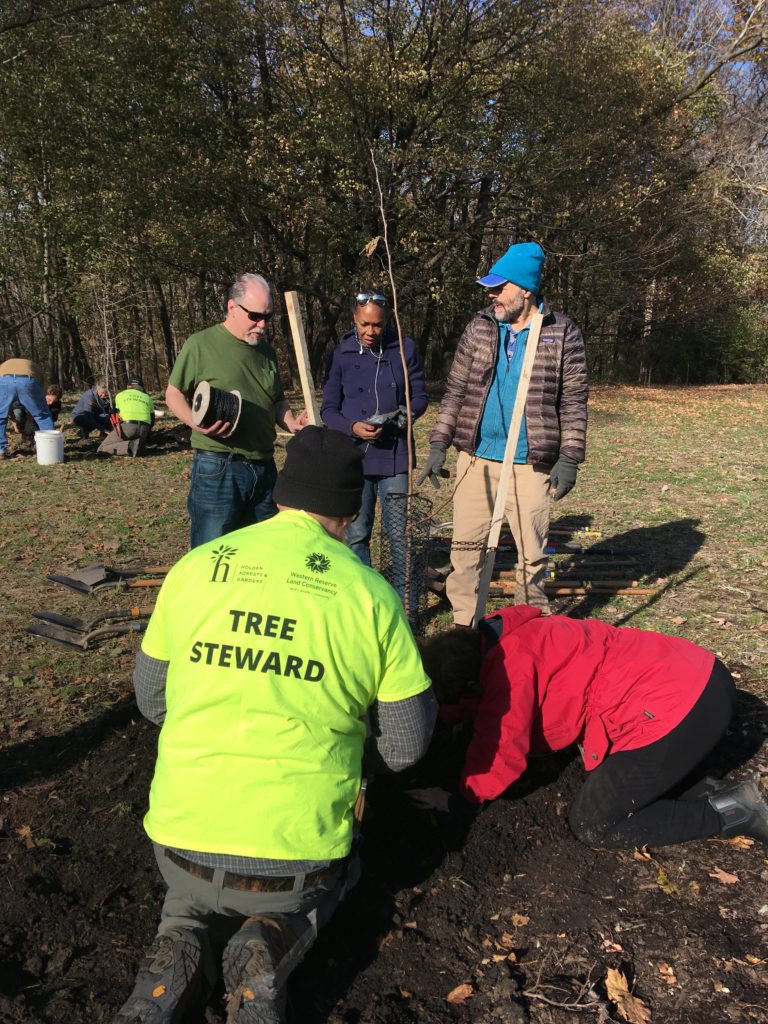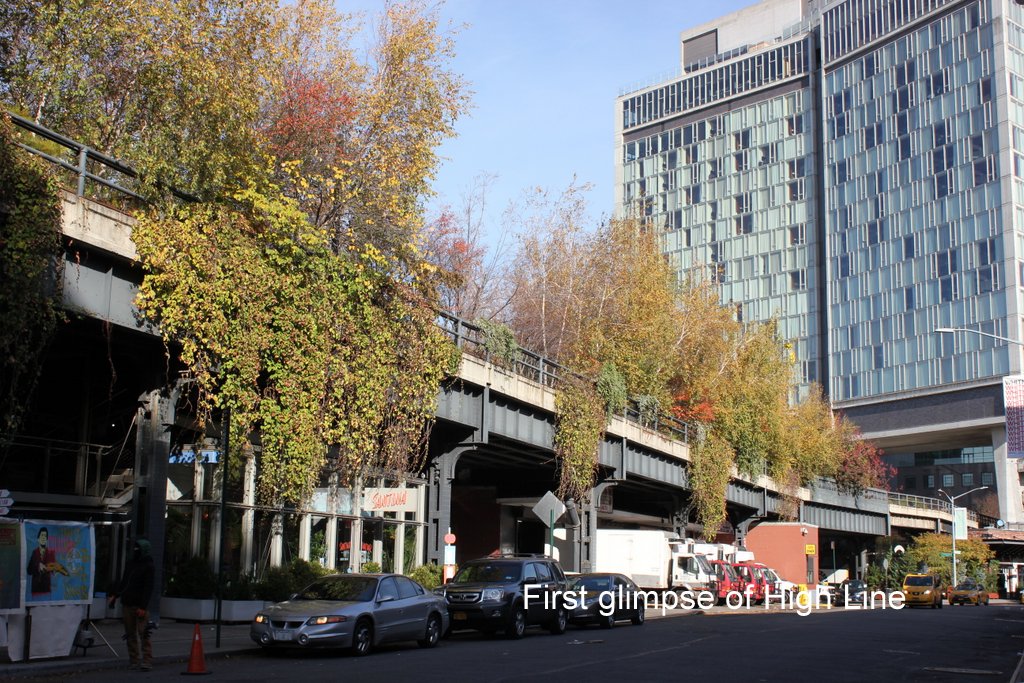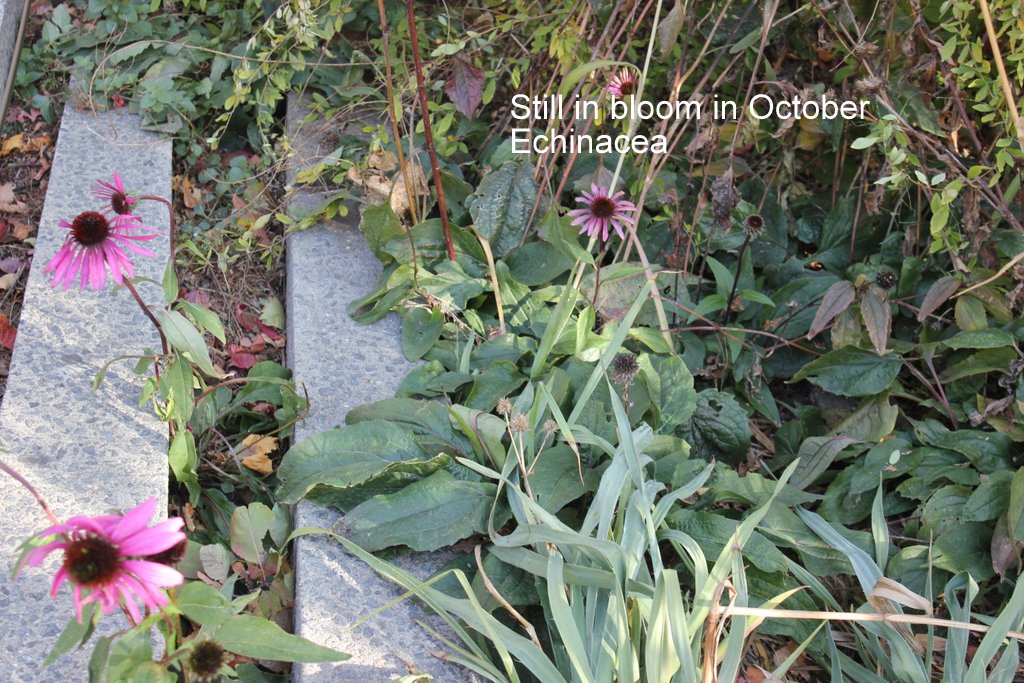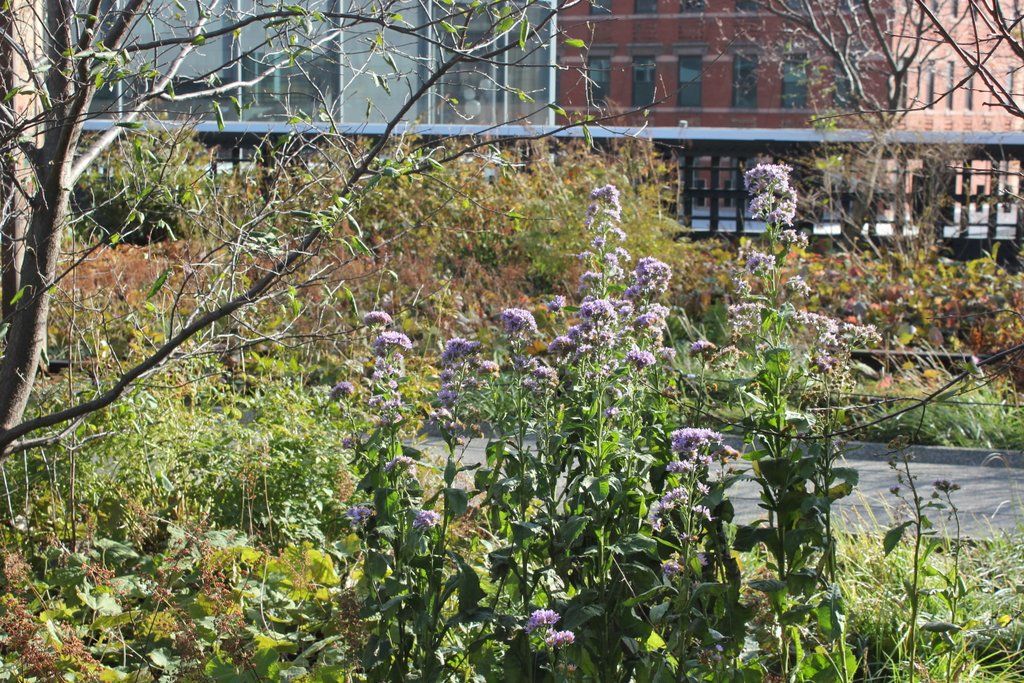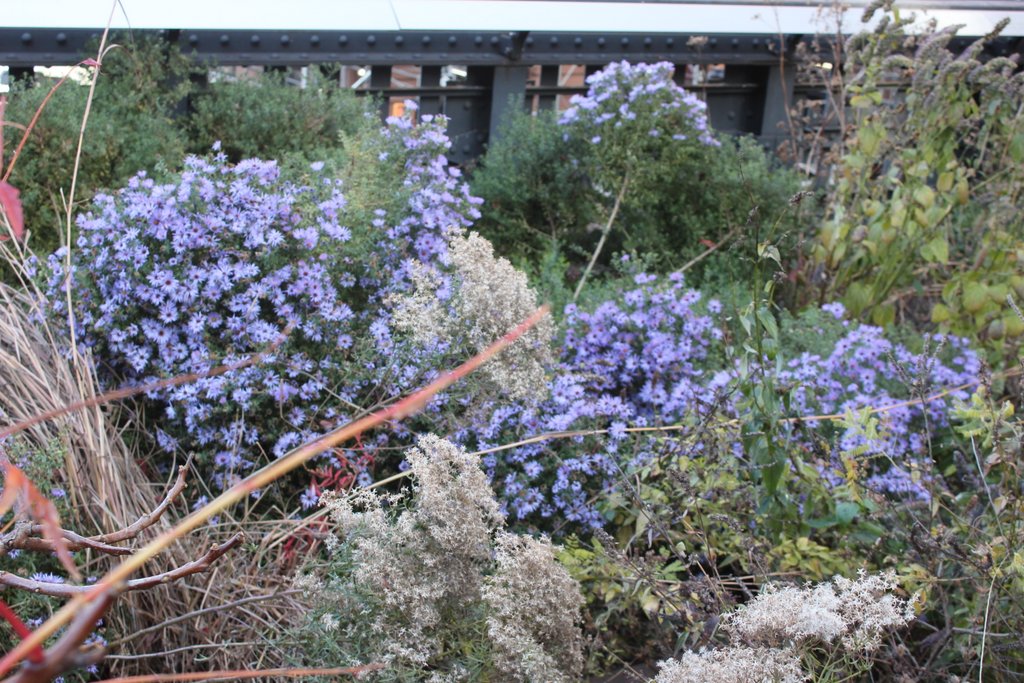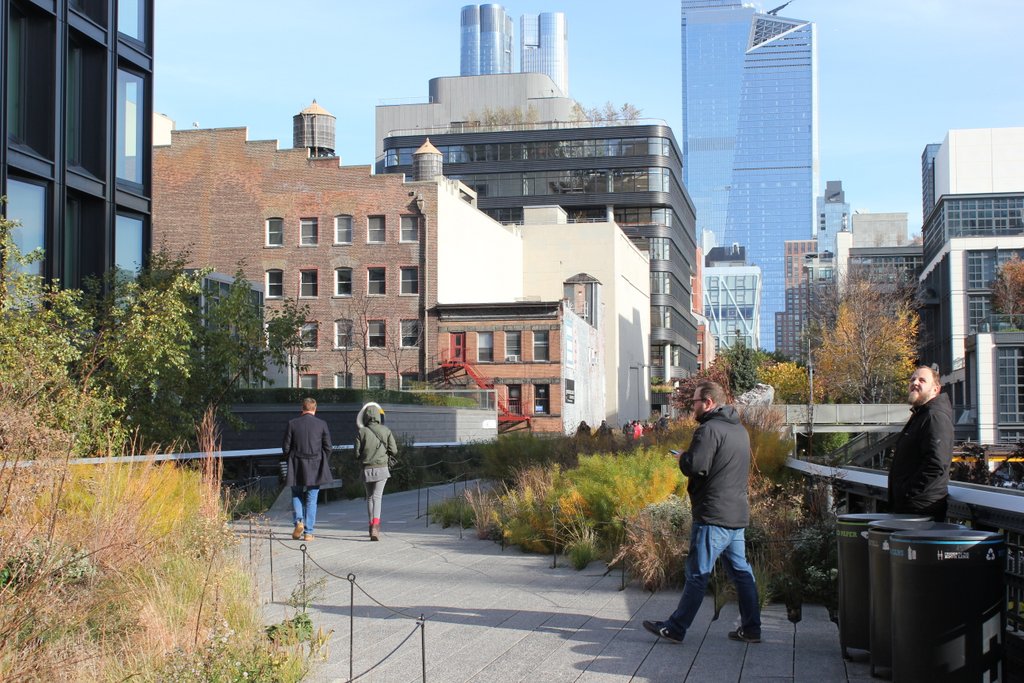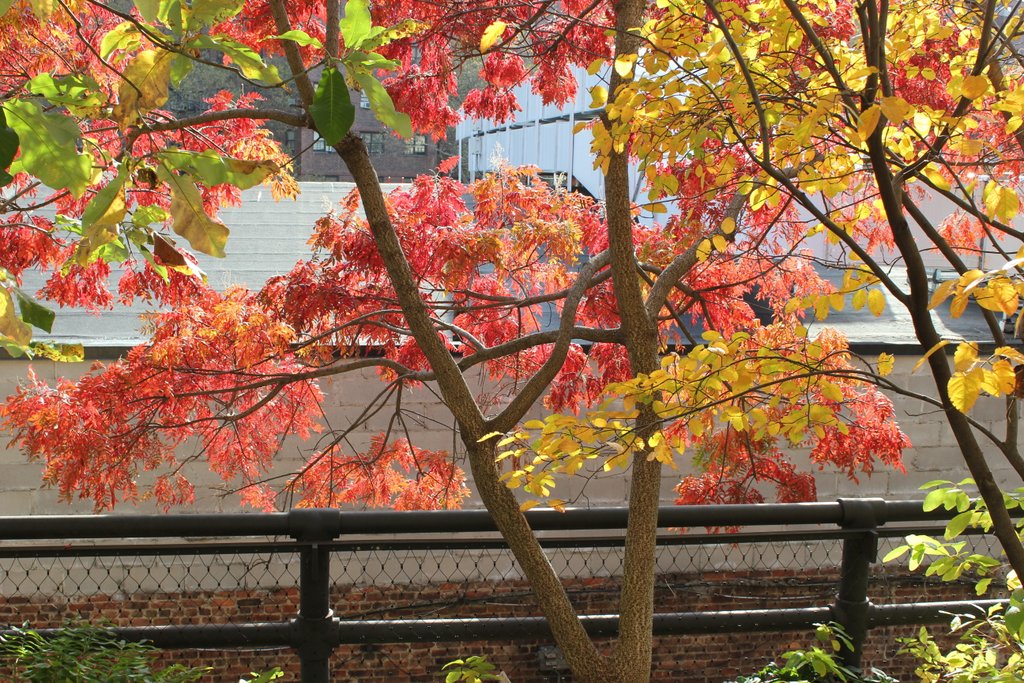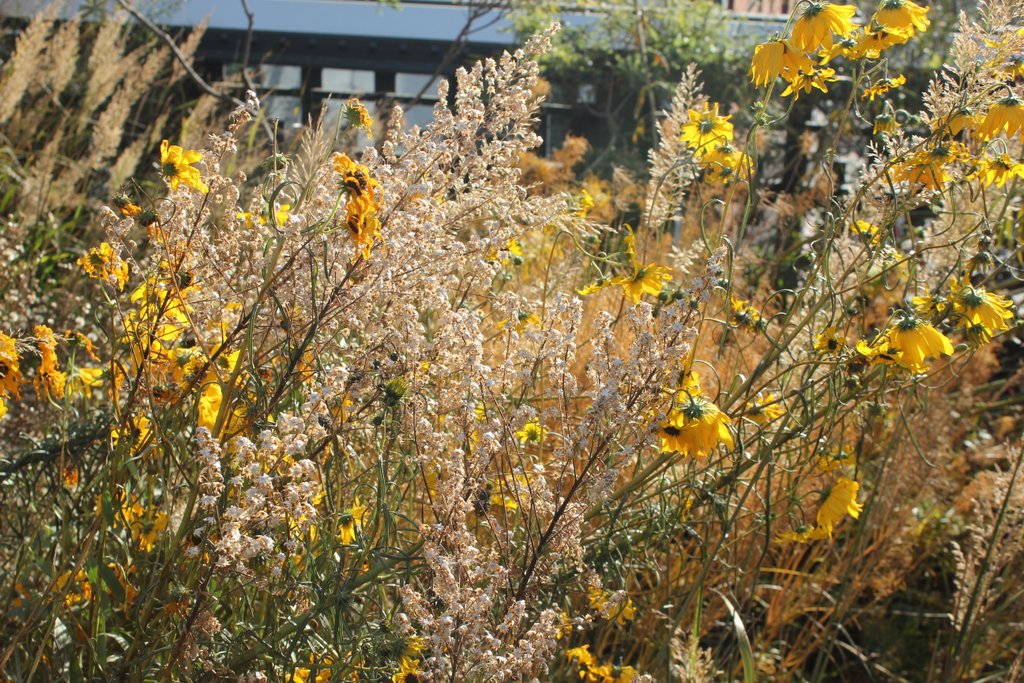Langshott Manor, Nymans
by Sonia Feldman
After many years of refusing to learn even the names of plants, I took a big step in the other direction by agreeing to plan and then actually go on a tour of England’s great gardens with my mother. The following series gives an account of the four particularly glorious days of that trip during which we traveled through Kent, a region aptly named the Garden of England. Our tour took place at the end of May, and the descriptions of the gardens reflect that time of year. This is the first installment in the series. See the end of each article for a condensed itinerary of the entire tour.
Day One: Leave London, lunch at Langshott Manor, visit Nymans, dinner at The Milk House, retire at Cloth Hall Oast Bed & Breakfast or Sissinghurst Castle Farmhouse.
Head south from London in your rental car. After an hour or so of driving—time dependent on whether or not you immediately crash your vehicle on the wrong side of the road—stop for lunch at Langshott Manor. This 16th century Elizabethan hotel is conveniently located just off the M23, and you will likely have the pretty garden behind the restaurant to yourself. Walk slowly to admire the deep flowering borders set against old brick walls crawling with fragrant white wisteria (see: a single orange poppy standing in a clutch of purple allium).



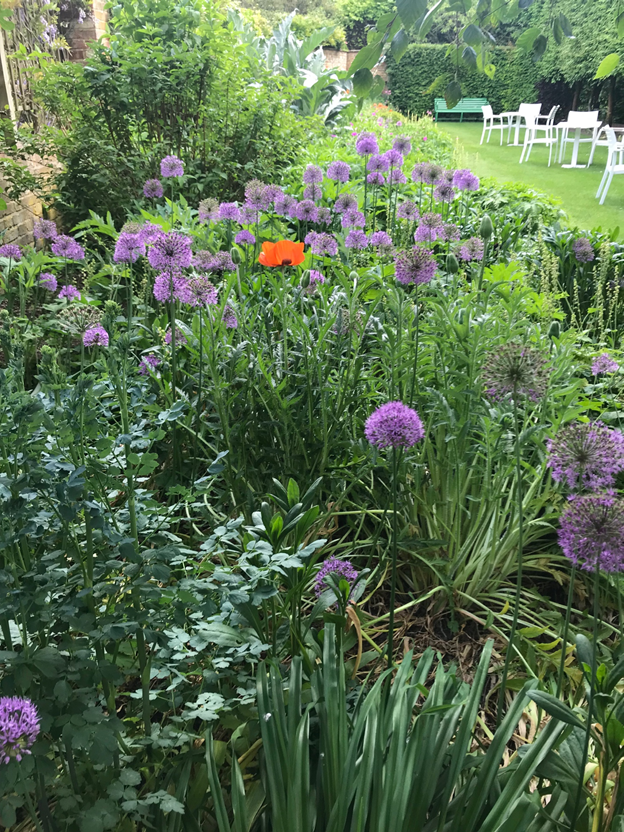
Once you’re stout with flowers and tea, continue on to Nymans. This is the only West Sussex garden on our tour because, even though we are heading to Kent, it can’t be missed. Nymans estate became a garden destination in the late 19th century thanks to its purchase by Leonard Messel, a German Jew who settled in England. Messel was anxious to make friends and very reasonably concluded that integration into the stiff English social scene would be easier if he had a place to throw parties. With the help of his head gardener, James Comber, Messel successfully transformed Nymans’ expansive property into an exuberant outdoor destination for society events and later, the eager public.
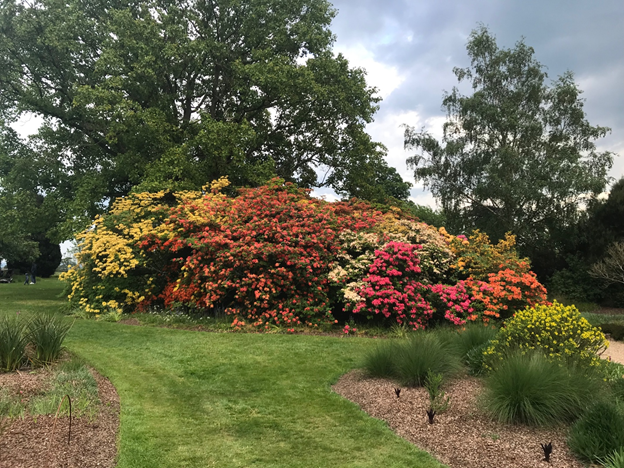
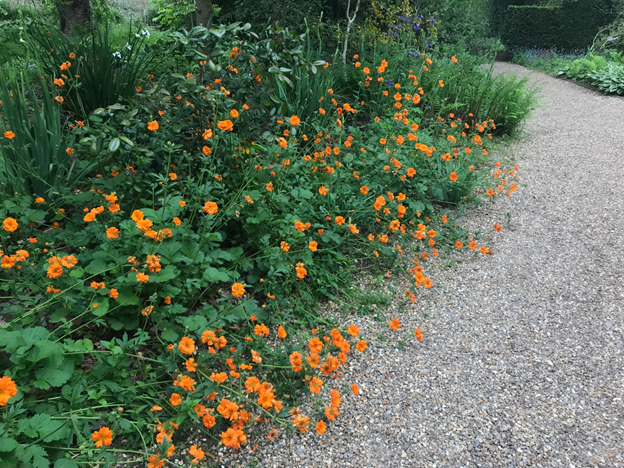
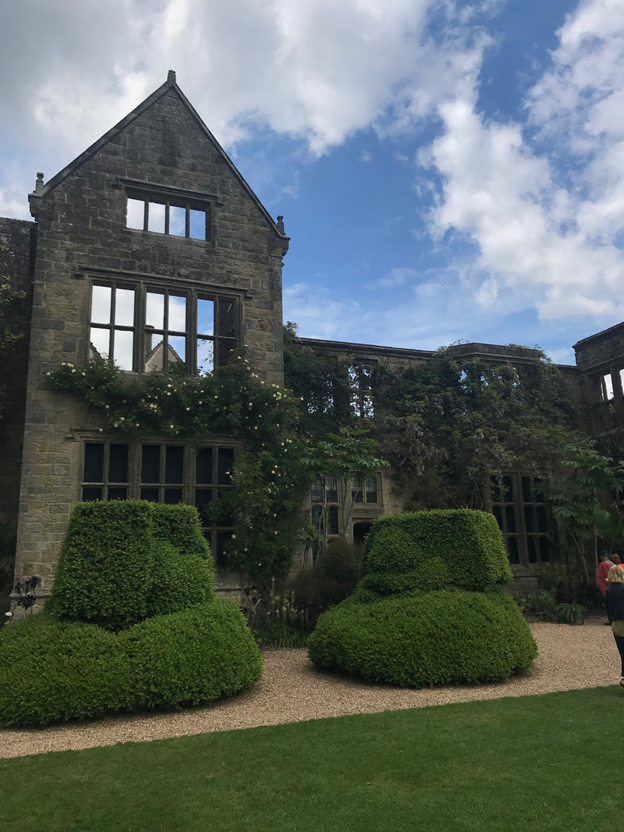
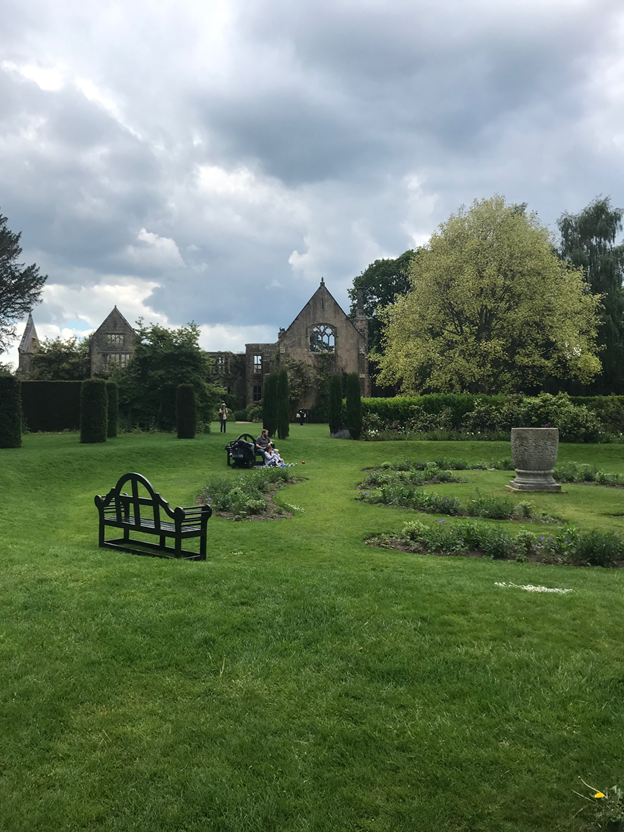
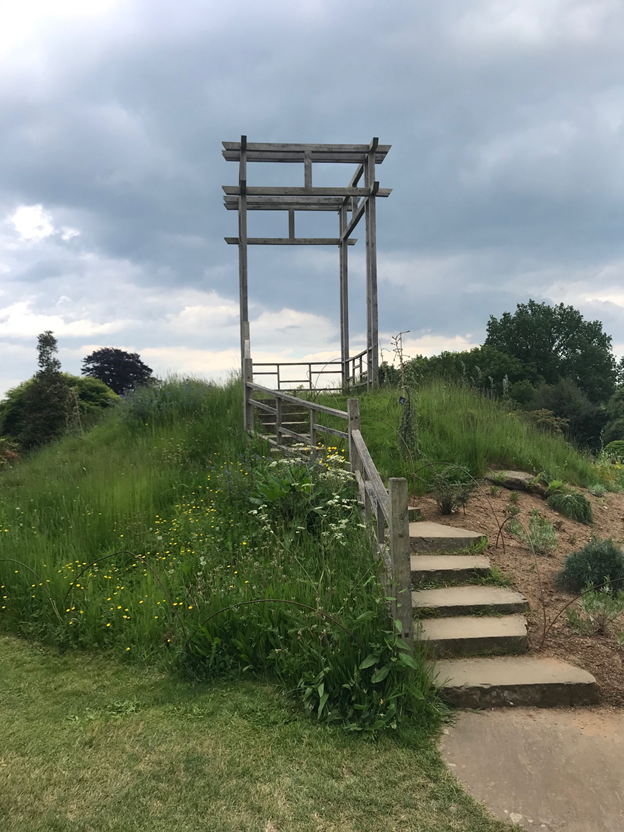
Nymans is a garden full of ideas and enough space to house them. Visitors can admire a dry weather bed, a Mediterranean bed, a bed of enormous pink, orange, yellow and white rhododendrons growing all mixed up with one another, a sunken garden, a rock garden, a rose garden (see: nepeta at the feet of blushing pink rose bushes), a spring border that blooms only in the spring situated on an X axis with a summer border that only blooms in the summer and a truly incredible wisteria walk. The wisteria plants, over 100 years old, have trunks like trees and flowering purple racemes two feet long—a heaven of scent.
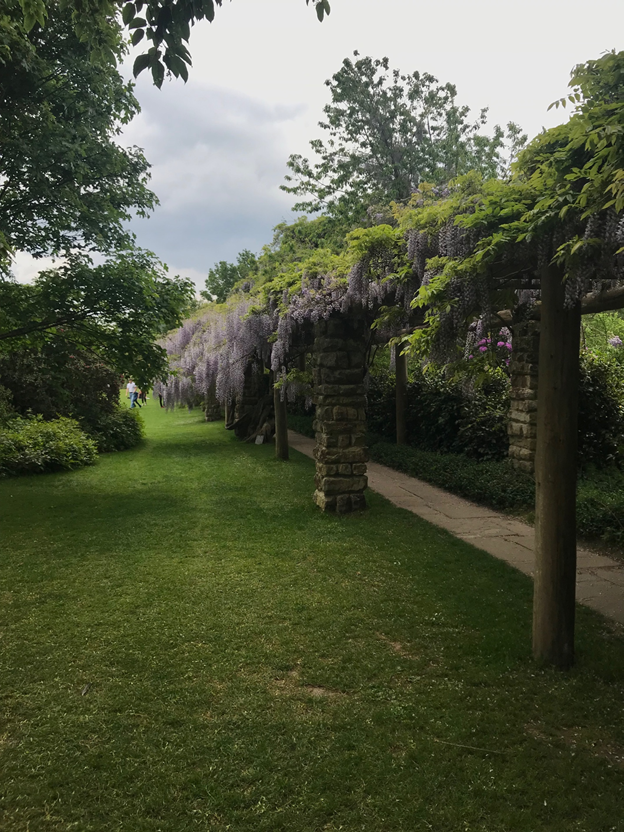
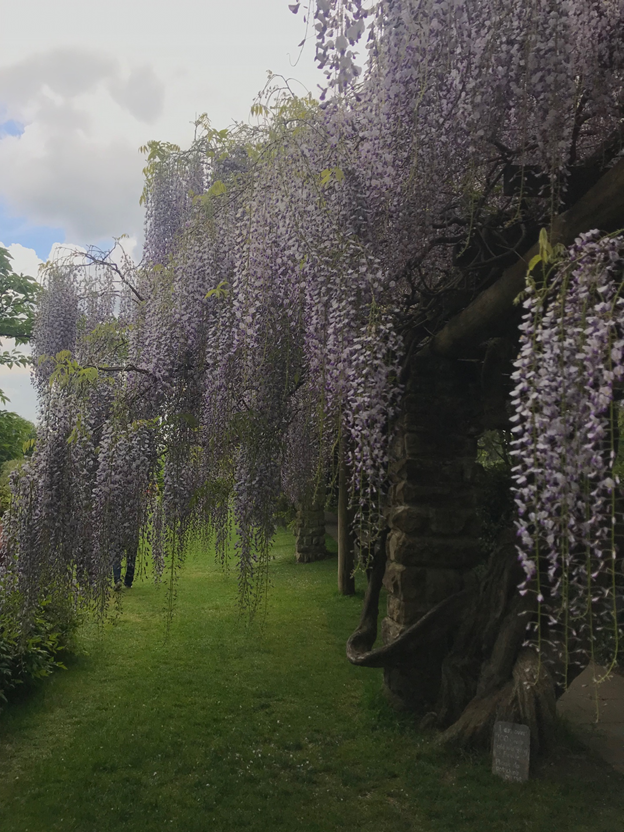
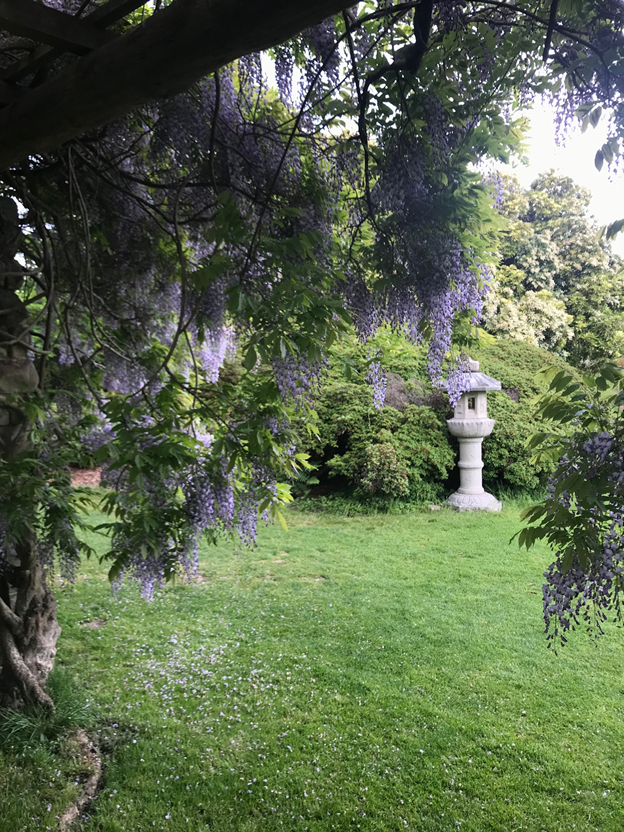
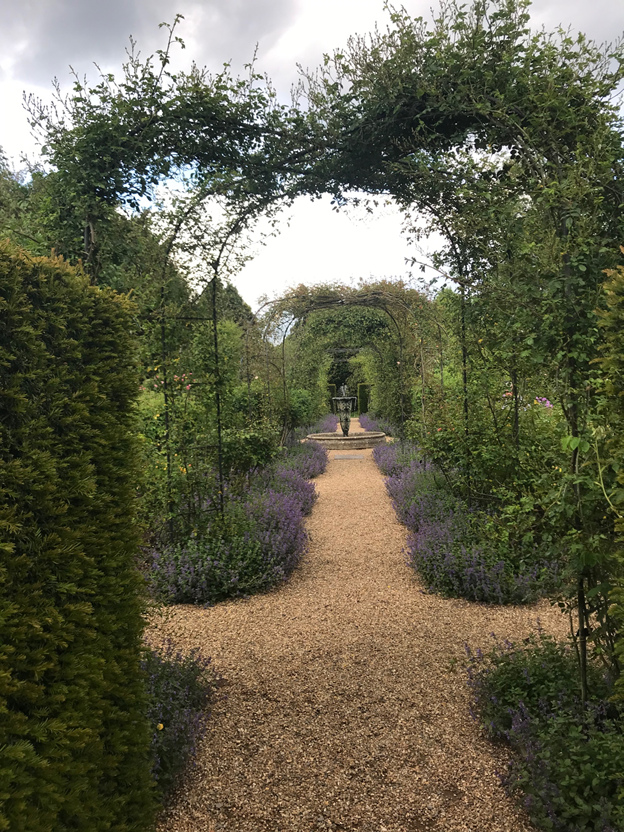
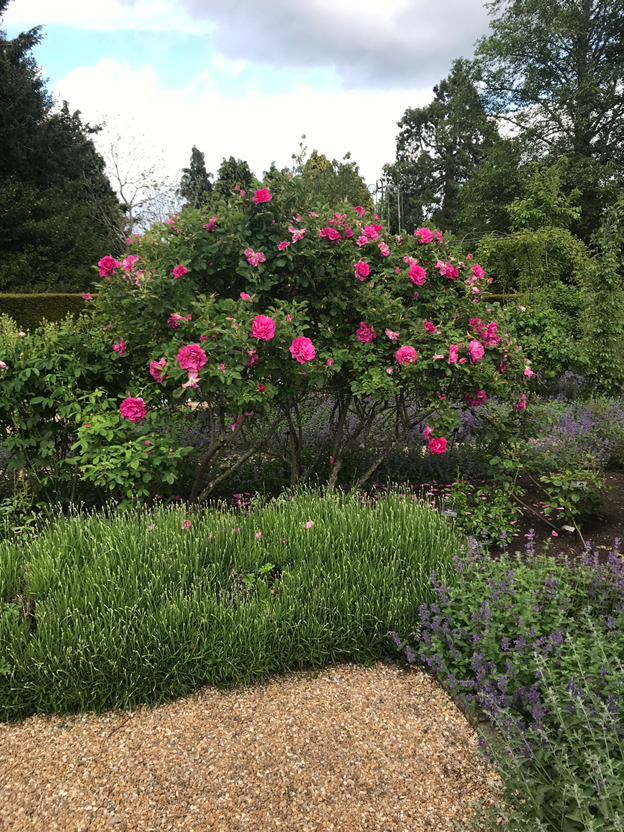
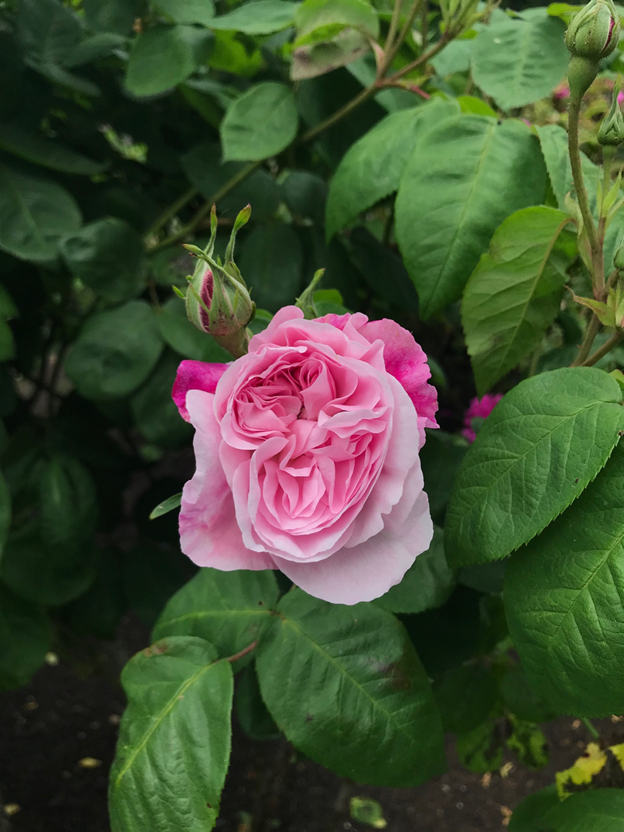
This combination of formal and informal gardens wraps around the house, leading the visitor to sprawling views of the dramatic High Weald of Sussex. The house, now partially in ruins, makes a romantic backdrop for the garden. A devastating fire in the middle of the 20th century reduced much of the upper stories to a single façade, and its vacant windows make picture frames for the blue sky behind. Flowering plants climb the remaining stone exterior.
Stay until the garden closes at 5:00pm and then head east to reach your lodgings for the evening. We stayed at the well located and very charming Cloth Hall Oast Bed & Breakfast. The B&B is in fact a converted oast house—a building designed for drying hops—and has its own beautiful garden, pool and pond. The nearby Sissinghurst Castle Farmhouse is another convenient option for garden visiting. Finish the day with dinner at The Milk House, elevated pub fare with local ingredients in a 16th century hall house.
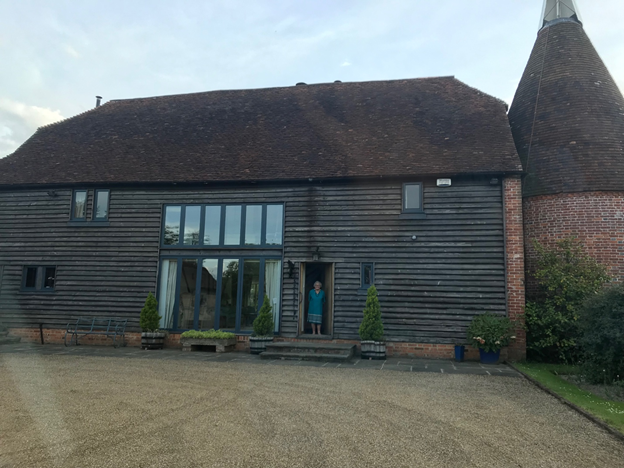

Condensed tour itinerary:
Day One: Leave London, lunch at Langshott Manor, visit Nymans, dinner at The Milk House, retire at Cloth Hall Oast Bed & Breakfast or Sissinghurst Castle Farmhouse.
Day Two: Visit Great Dixter House and Gardens, lunch at one of the gardens or return to The Milk House, visit Sissinghurst Castle Gardens, dinner at Three Chimneys, retire to same lodgings.
Day Three: Visit Pashley Manor Gardens, lunch at one of the gardens or Thackeray’s Restaurant, visit Penshurst Place, dinner at The Wheatsheaf, stay at Hever Castle Bed & Breakfast
Day Four: Visit Hever Castle Gardens, lunch at Beaverbrook, return to London.
Nearby gardens that could be added to this tour: Knole, RHS Wisley, Chartwell, Lullingstone Castle, Great Comp Garden, Scotney Castle, Wakehurst, Godinton.
Sonia Feldman is a writer living in Cleveland, Ohio. Her writing has appeared or is forthcoming in Cultured Magazine, Pembroke Magazine and Juked. She operates an email newsletter, which sends one good poem a week. Find more of her work on Instagram.

